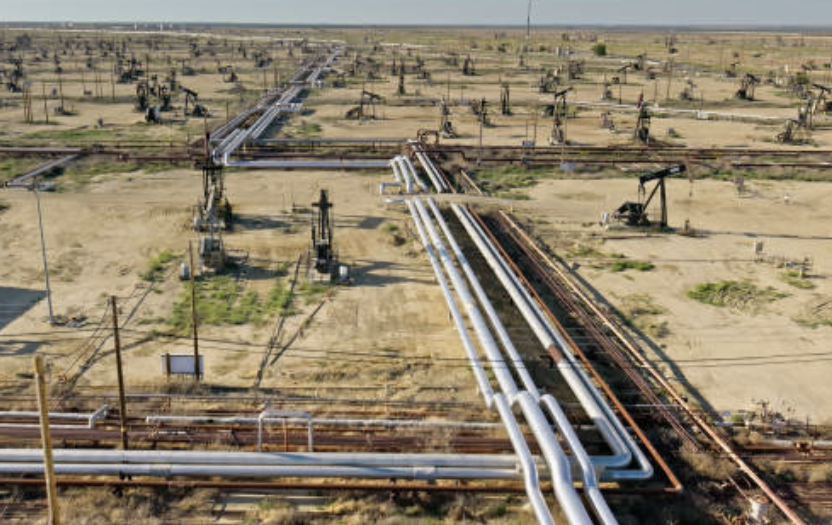
Posted on Saturday, March 16, 2024
Metal fabrication machines play a pivotal role in the construction and maintenance of durable, high-performing oil and gas pipelines. These machines enable precision, reduce costs, and ensure compliance with safety and quality standards.
Metal fabrication machines create the critical components required for oil and gas pipelines, such as:
In a recent Middle Eastern pipeline project, CNC pipe benders and automated welding systems revolutionized the fabrication process. The precise bending capabilities of CNC machines reduced material waste, while automated welders enhanced joint integrity. These efficiencies not only shortened the project timeline but also cut costs by 20%, demonstrating the transformative potential of metal fabrication technology.
When purchasing metal fabrication machines for pipeline construction, consider the following:
A CNC pipe bender is a machine that uses computer-controlled precision to bend metal pipes to exact angles and radii. In oil and gas, these machines are used to create custom pipe shapes that accommodate terrain challenges or design requirements, minimizing the need for additional connectors.
Key machines include:
Fabrication techniques enhance safety by ensuring precise construction and reducing the likelihood of failures. For instance, CNC-controlled machines provide accuracy in pipe dimensions, which prevents weak points in the pipeline. Automated welding ensures uniform joint strength, minimizing the risk of leaks or bursts under pressure.
Metal fabrication machines are indispensable in modern pipeline construction, driving efficiency, reducing costs, and improving safety. By understanding the role of these machines and choosing the right equipment, the oil and gas industry can continue to meet the challenges of demanding projects worldwide.

Understanding Coil IDs, Mandrel Sizing, and Shear Pin Safety in Uncoilers
Posted on Wednesday, October 1, 2025
Mismatched sizes can lead to machine damage, downtime, and safety hazards — often evidenced by a shear pin failure.

How Coil Tensile Strength Affects Roll Forming and How to Adjust Your Machine
Posted on Wednesday, October 1, 2025
Changes in tensile strength can significantly affect the finished profile, causing misaligned bends, uneven edges, and out-of-spec parts.

Why Paint Cracks on an Embossing Line Running Pre-Painted Coil and How to Prevent It
Posted on Wednesday, October 1, 2025
This issue not only affects the visual quality of the product but can also lead to increased scrap rates and customer complaints.

The Most Popular Standing Seam Metal Roof Panels in the U.S. — A Comprehensive Guide
Posted on Monday, September 29, 2025
In this post, we’ll explore what panel styles and sizes are most popular in the U.S